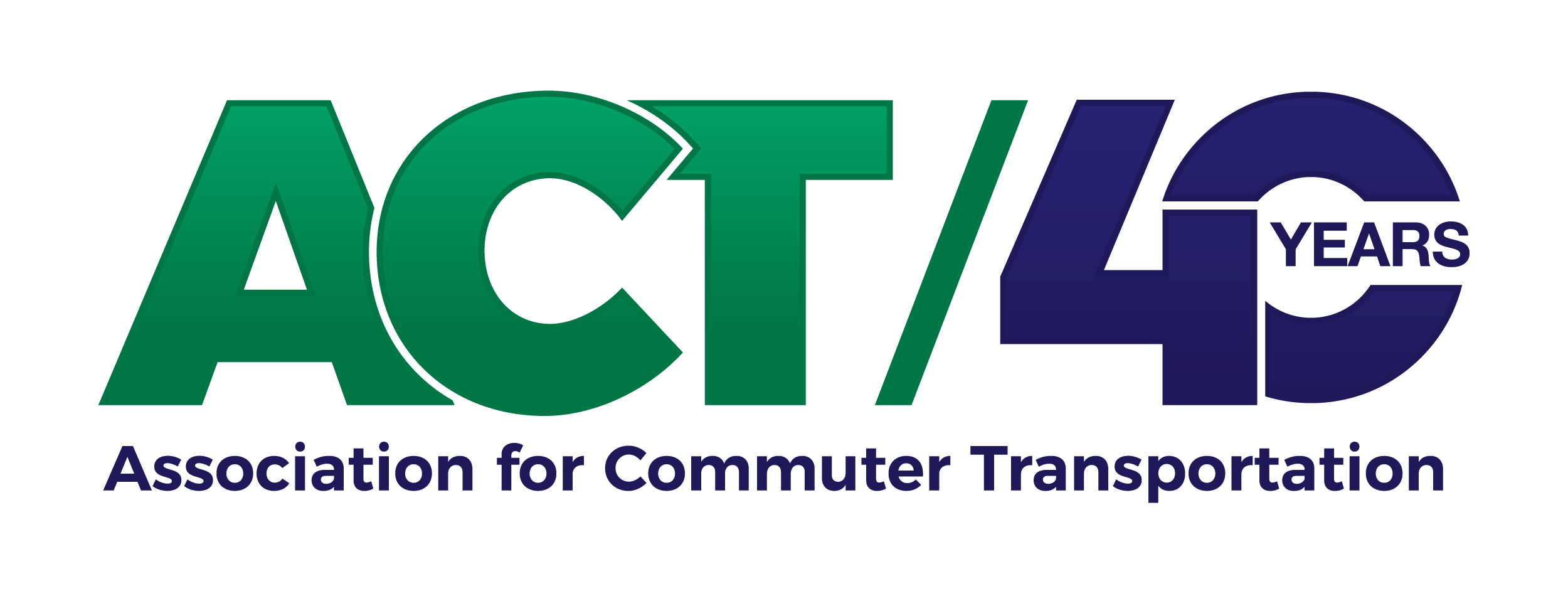Early 2025 Special Elections Signal Potential Voter Shifts

Over the past month, a series of special elections across the country have offered a glimpse into American voters' attitudes at the start of President Trump's second term. Among the most closely watched races were those held on April 1, which included two open U.S. House seats in Florida and a pivotal election to decide the partisan majority of the Wisconsin State Supreme Court.
In Florida, the first and sixth congressional districts saw open seats following the resignations of Republican Representatives Matt Gaetz and Michael Waltz. Gaetz stepped down after a failed bid for U.S. Attorney General and amid ethics concerns, while Waltz was appointed as President Trump’s national security advisor. Both districts, considered Republican strongholds, were seen as tough battlegrounds for Democrats.
Despite the challenging odds, the Democratic candidates in both districts managed to significantly narrow the vote margins compared to the November 2024 elections. In Florida's sixth district, Democratic nominee Josh Weil lost by 14 points, a sharp improvement from the 33-point deficit the Democratic candidate faced in November. Similarly, in Florida’s first district, Democrat Gay Valimont lost by 15 points—an improvement from her 32-point loss in the prior election. The Republican victories in both races have solidified the party’s House majority, bringing it to 220-213, though two seats are currently vacant due to the deaths of two Democratic sitting members.
The Wisconsin Supreme Court race also made headlines with its notable outcome. In what became the most expensive state supreme court race in U.S. history, Elon Musk invested millions of dollars to back conservative candidate Brad Schimel, mirroring his previous influence helping to elect Donald Trump in 2024. Ultimately, Elon Musk’s influence failed, with liberal candidate Susan Crawford winning by 10 points, and tipping the Supreme Court in the liberal’s favor. In November, President Trump won the state by less than a percentage point, highlighting an improvement on the part of the Democrats. Wisconsin saw a turnout rate near the levels of a midterm election, offering a snapshot of what might be seen in 2026 midterms.
While Democrats typically have higher turnout rates in non-presidential elections, these results suggest a growing resistance to the Trump administration since his decisive win in November. The key takeaway is not merely about the numbers but the increased motivation and enthusiasm among Democratic voters. This shift presents a glimmer of hope for the party as it seeks to regroup and regain momentum heading into future elections.

